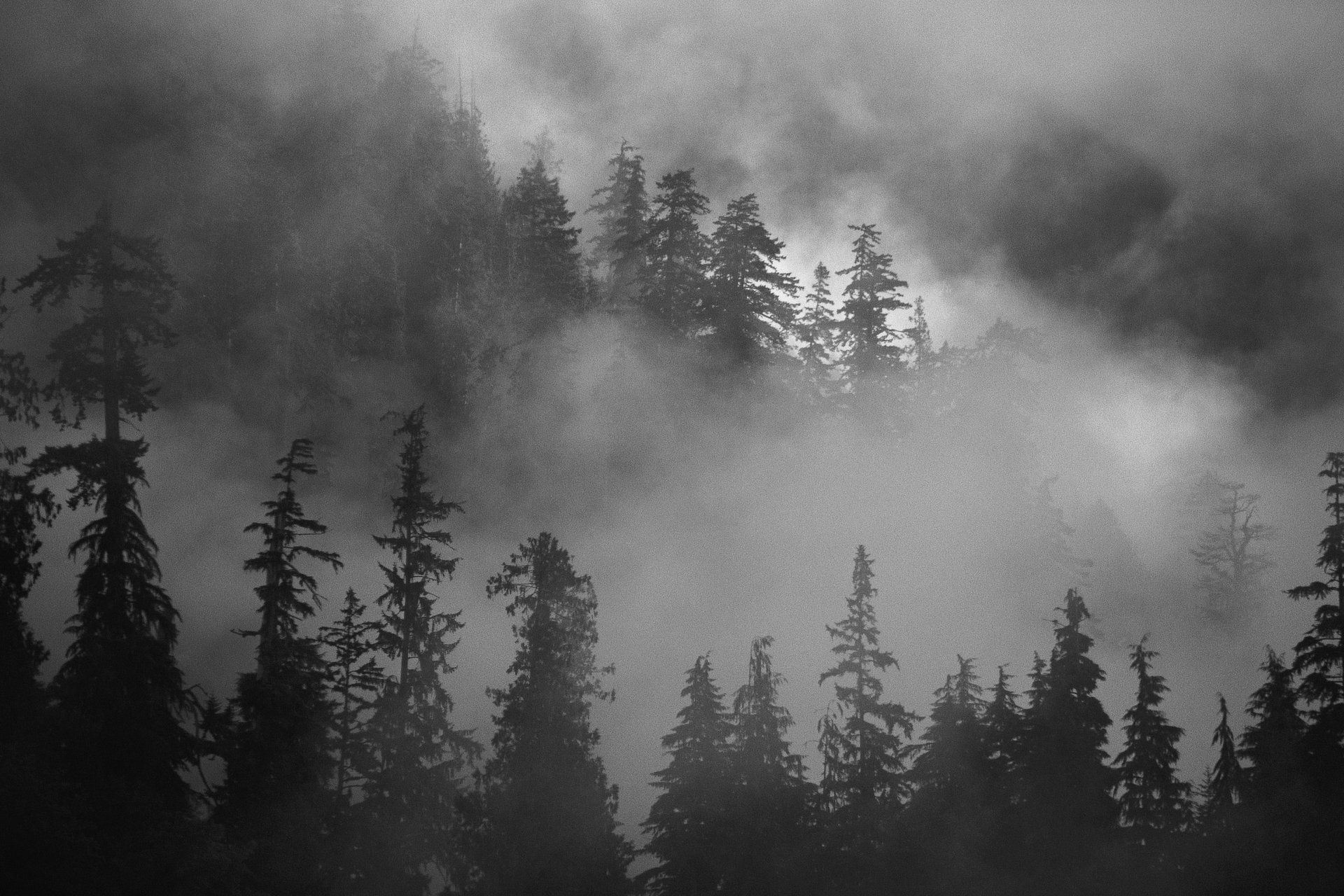
The Eastern Band of the Cherokee Nation
Currently, the Eastern Band of the Cherokee is the only federally recognized tribe in the state of North Carolina (Cherokee, 2014b). This allows them federal benefits that other tribes fighting for recognition do not receive (Lowery, 2009; Lumbee, 2014b). There are 13,000 Cherokee in North Carolina, sixty percent of which live on the autonomous Qualla Boundary (Eastern Band of Cherokee, 2014c). They have lived in the Appalachian Mountains of North Carolina, in the area of the Great Smoky Mountains for centuries and believe that their Creator brought them there (Commission of Indian Affairs, 2014). They also covered land that encompassed seven different southern states (Eastern Band of Cherokee, 2014d). From 1838-1839, 20,000 of the original Cherokee were moved to Oklahoma via the event called the Trail of Tears (Eastern Band of Cherokee, 2014d). Of those 20,000 only 16,000 arrived in Oklahoma. The remaining Cherokee, who are now known as the Eastern Band, were able to stay in North Carolina thanks to some previsions in the Reservation Act of 1819 (Eastern Band of Cherokee, 2014d).
There are seven clans that form the Cherokee nation, and these include the Bird or Snowbird, Wolf, Deer, Blue, Long Hair, Wild Potato, and Paint clans. Most of these remain and are represented in the Tribal Council, which makes up the government’s legislative branch (Eastern Band of Cherokee, 2014b). The Qualla Boundary government is democratically elected from the community (Eastern Band of Cherokee, 2014b). The Executive Branch is made up of a popularly elected Chief and Vice Chief (Eastern Band of Cherokee, 2014b). The Tribal Council is made up of one or more representatives from the Bird, Wolf, Big Cove, Snowbird, Paint and Yellow clans of today (Eastern Band of Cherokee, 2014b). Finally, the government also includes a judicial branch made up of a Supreme Court, civil court and tribal court (Eastern Band of Cherokee, 2014b). The government on the Qualla Boundary includes all the sort of services and has departments you would expect from a government. There are educational, elder, health, and economic assistance departments and services (Eastern Band of Cherokee, 2014a). Their democratic government aims to completely govern the Qualla Boundary as a nation of its own.
The Cherokee also have events and tourist attractions that help locals and people from across the country learn more about Native American culture and history. The Occunaluftee Village is a replica of an 18th century village of the Cherokee (Beard-Moose, 2009). If you visit you can witness dances, making of boats, making of crafts, and examples of their housing and other ways of life. It’s an interesting experience, and an excellent educational venture. The Cherokee also put on a live outdoor drama since known as “Unto These Hills” (Beard-Moose, 2009). This drama tells the story of the Trail of Tears told from the perspective of the Cherokee. Overall, the Cherokee Indians influence can be seen throughout the area around the town of Cherokee, NC as the local businesses have even been affected in some of the product they sell and marketing utilizing their location and the Cherokee presence.
